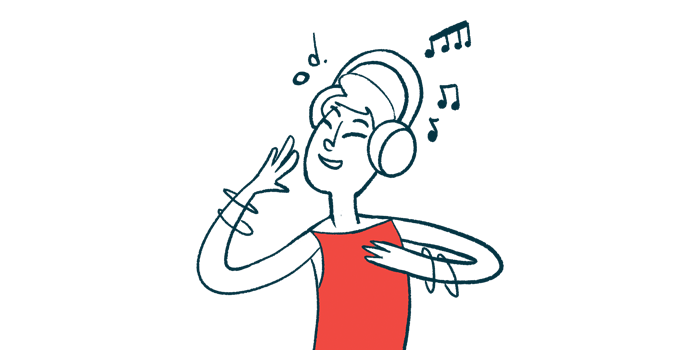Dance for Parkinson’s benefits patients and their relatives: Study
Improvements seen not only in mobility, but also in emotional well-being

Participating in a weekly dance class may not only help people with Parkinson’s disease improve their mobility, but also can be an important source of joy that helps patients feel closer to their loved ones.
That’s according to a new study from Sweden that investigated the impact of the Dance for Parkinson’s Disease program — begun in the U.S. in 2001 and now available in 28 countries — on various aspects of patients’ lives.
Taking part in the dance program led to both physical and emotional benefits for patients and their family members, the researchers found.
“Dancers and relatives consistently experienced being part of a joyful and healthy exercise, testifying to the positive effects that [the Dance for Parkinson’s Disease program] has on subjective well-being and body functioning for persons with [Parkingon’s] and their relatives,” the team wrote.
Titled “The impact of Dance for Parkinson’s Disease on subjective well-being and functioning as experienced by dancers and their relatives – A descriptive study,” the work was published in the Journal of Bodywork and Movement Therapies.
Small study looked at impact of Dance for Parkinson’s Disease program
Staying physically active is an important part of managing Parkinson’s disease. Dance can be a great way to get moving while also having fun and socializing, and several studies have illustrated that participating in Parkinson’s-focused dance classes can have health benefits for patients.
In this study, a team of scientists from Halmstad University sought to investigate how participating in dance classes could affect life not just for the person with Parkinson’s who is attending the classes, but also for care partners and loved ones.
To that end, the scientists surveyed 25 people with Parkinson’s who participated in a Dance for Parkinson’s Disease program, also known as Dance for PD, with hour-long classes held weekly for four months. In the questionnaire, patients were given various statements about the dance classes and asked to rate whether they agreed or disagreed.
The results showed that, for most participants, the dance classes had both emotional and physical benefits: 23 of 24 respondents agreed with the statement “Dancing makes me happy/brings me joy,” and 17 of 21 said that the dance classes had helped improve their balance.
The scientists next conducted interviews with 15 relatives of the participating patients. In line with findings from the questionnaire, the relatives frequently reported that dance had led to improved mobility.
“All relatives describe that the participants in [Dance for Parkinson’s Disease] move more easily when they feel the rhythm of the music and discover that they can perform movements better than they think,” the researchers wrote.
The smiles and laughter that come through and in the dance are special and those smiles are not visible in everyday life.
The emotional benefits of dance classes also were clear to relatives, who said dance offered a way to find joy even when Parkinson’s makes life hard. One relative said that, when the family member with Parkinson’s is feeling angry or sad, “ABBA songs come to the rescue, and we start dancing.”
“The smiles and laughter that come through and in the dance are special and those smiles are not visible in everyday life,” another relative told researchers.
Overall, the team concluded that the dance program had notable physical and emotional benefits that were felt not just by the individuals with Parkinson’s but also by their family members. The scientists highlighted, however, that this was a small study conducted at a single center, so the findings might not be applicable in other settings.







